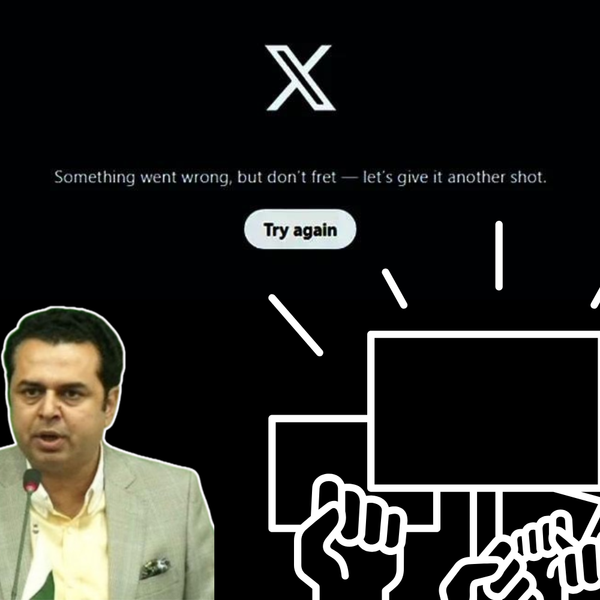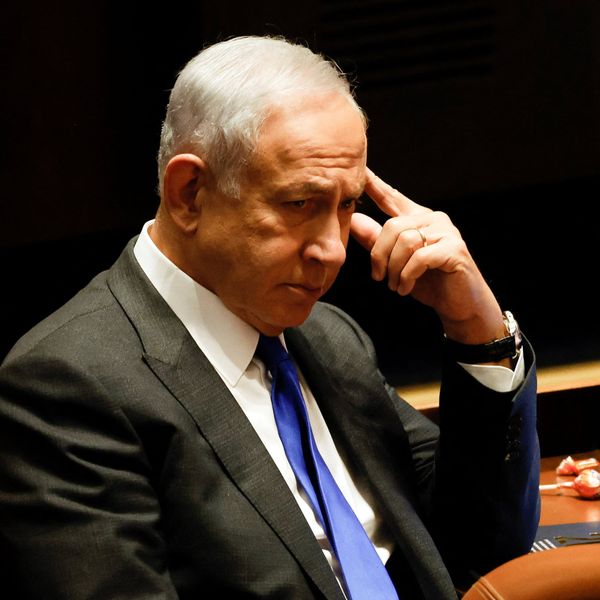Is Iran's 'axis of resistance' crumbling?
Hezbollah is under pressure, Hamas battered, Houthis without top leaders, and Syria no longer a dependable ally

Sidrah Roghay
Senior Producer
Sidrah Roghay is a storyteller at heart, with over a decade of experience in newsrooms across Pakistan, the US, and Turkey
Is Iran losing its influence in the Middle East?
For decades, Tehran has flexed its muscle in the Middle East not just on its own military, but also on a network of proxies: Hezbollah in Lebanon, Hamas in Gaza, the Houthis in Yemen, and Syria under Assad.
Supporters have called this the “axis of resistance,” a force that positioned itself against Western and Israeli power.
But today, that axis looks shaken if not defeated.
Hezbollah's facing disarmament
In Lebanon, Hezbollah is facing what was once unthinkable: possible disarmament.
After the killing of its chief Hassan Nasrallah in a September 2024 Israeli strike and the collapse of Syria’s Assad regime, analysts say Hezbollah has lost both leadership and critical supply lines.
The Arab Center Washington DC estimates Iran once provided Hezbollah with around $700 million annually via Syria—funding that has now dried up. Syria's new leader Ahmed al-Sharaa is seen as close to the West and Saudi Arabia, Iran's arch foes.
At home, Hezbollah’s political cover is shrinking. Lebanon’s Cabinet has backed a U.S.- and Israeli-supported plan to place all weapons under state control—widely viewed as the first step toward disarmament.
Five Shia ministers walked out in protest, and no timeline was set, but the shift is significant.
“Disarming Hezbollah could fundamentally alter the balance of power in the Middle East,” said Dania Arayssi, a Middle East expert.
“But the risks are enormous — civil war in Lebanon or collapse of the armed forces, where many soldiers are Shia ... For the U.S., though, successful disarmament would be a huge win," said Arayssi, senior fellow at US-based think tank New Line Institute.
Meanwhile, President Joseph Aoun has been in Saudi Arabia, Qatar, and the UAE, seeking Gulf backing for Lebanon’s reconstruction, signaling the beginning of shifting alliances.
Still, divisions run deep.
A recent poll revealed that 58 percent of the Lebanese are against the surrender of Hezbollah’s weapons without a national defense strategy.
Hezbollah retains its core support base in Lebanon’s war-hit economy, where triple-digit inflation persists, even as its broader influence declines.
“Hezbollah commands tens of thousands of fighters and an arsenal rivaling many national militaries, though it has shifted to a more cautious posture,” said Iranian foreign policy expert Mohammad Khatibi.
Other fronts
In Yemen, the Houthis—who since 2023 have disrupted global trade by launching attacks on shipping in the Red Sea, a route that carries about 12% of world trade—have also suffered heavy blows. Their prime minister and several senior ministers were killed in an Israeli strike last month.
And at the heart of the conflict, in Gaza, Hamas has endured devastating losses. Key commanders, including Yahya Sinwar—the architect of the October 7 attacks—have been killed.
So the picture is stark: Hezbollah under pressure, Hamas battered, the Houthis without top leaders, and Syria no longer a dependable ally.
Final verdict?
But does this mean Iran’s influence is truly fading—or is Tehran preparing for a comeback, as it has before?
"The short answer is yes, Iran is losing influence, but it has not totally collapsed,” said Arayssi.
“Iran’s model of relying on multiple armed groups — Hezbollah, Hamas, the Houthis — provides a strategy to maintain stability and continue influence. Even weakened, Tehran is still able to exert control, ” she added.
Tehran-based Khatibi described the “axis of resistance” as under strain but still functional.
“Hezbollah commands tens of thousands of fighters and an arsenal rivaling many national militaries, though it has shifted to a more cautious posture,” he said. “In Gaza, Hamas has been battered, but Israel lacks a viable plan to govern the Strip. In Yemen, the Houthis remain resilient, mounting operations that disrupt Red Sea shipping despite U.S. and Israeli strikes.”
Khatibi said the regional shifts point to a more decentralized strategy: “The axis is less about massed armies and more about disruptive warfare. Its influence endures, but under new strains.”








Comments
See what people are discussing